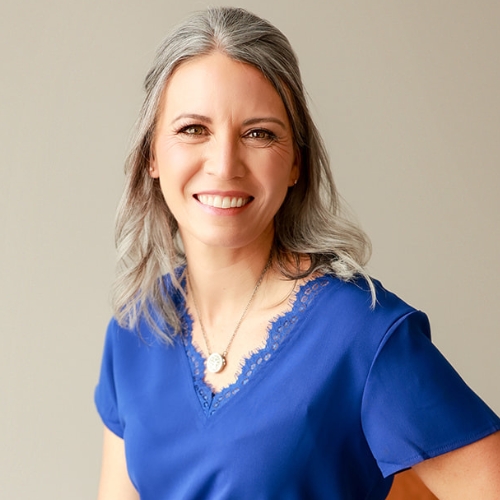Part 3 of the Educational Series for Pilates Teachers, Continuing education, does it always have to be formal training?
Now that you know the types of training, part 1 and the different resources , part 2 you have for continuing education, it’s time to get into the 3 categories you can pursue for continuing education.
Formal Training: Let’s start here because this is what people typically think of for continuing education. This can be coursework either through a College, or an independent presenter/company, which is more likely for the Pilates Profession. This category also includes workshops and conferences. These types of classes have a specific learning objective. You’ll also either be presented with a Certificate of Completion and/or they will count towards Continuing Education Credits.
And Formal Training is essential for all professions! As an example, just because someone has taken Pilates classes for years, doesn’t qualify them to teach Pilates. And as much as this is the cornerstone of any profession, there are more opportunities for education and many times education doesn’t begin or end with the coursework that you take.
Working Groups: This is a group of people coming together to discuss a certain topic. I’m also going to include coaching in this category. The value of working groups are that you can learn from others and have deeper conversations on a subject that interests you. Whether you join a book club, work with a coach or have other open scheduled conversations, this is a great way to get out of your silo and work with other people for personal and professional development.
Informal: From reading books, watching a documentary, listening to podcasts, having informal conversations (and the list goes on), this process is just as valuable as coursework. It helps you to identify the opportunities of what courses you want to invest in. It can also deepen your understanding of coursework that you have taken.
As a Pilates teacher you probably didn’t take a course right away. You most likely took a class as a student and gained interest in it and felt it was valuable. From there you probably continued with learning in many different ways both with Formal Training and the other options.
And thank goodness there are many different ways to access this material. Back in the day when I went to college and completed my Pilates training, pretty much the only way to learn was in-person since the Internet was not widespread (I know I’m dating myself, but dang, we have come a long way and it’s great for connection and education.)
Now if you want to learn from someone in a different state or a different country it is so much more accessible! And for the vast majority of courses there is access to the replays.
From the types of training you can take as a Pilates teacher to resources available and the different ways in which you can learn, this is a lifetime journey. There will be times you lean into formal coursework and traditional training. There will be times when learning will be more independent or experiential. And there will also be times when you lean away from learning, letting it percolate.
So to answer the question we opened with, it doesn’t always have to be Formal Training and shouldn’t. AND at the same time, you want to pursue Continuing Education in all three areas: Traditional, Business, Human Centered.
Be aware of your three pockets for resources and the three types of training covered in this section.
It all counts, it all matters.
What is essential is that you continue to learn in a way that supports your personal and professional development and is in alignment with your goals.


